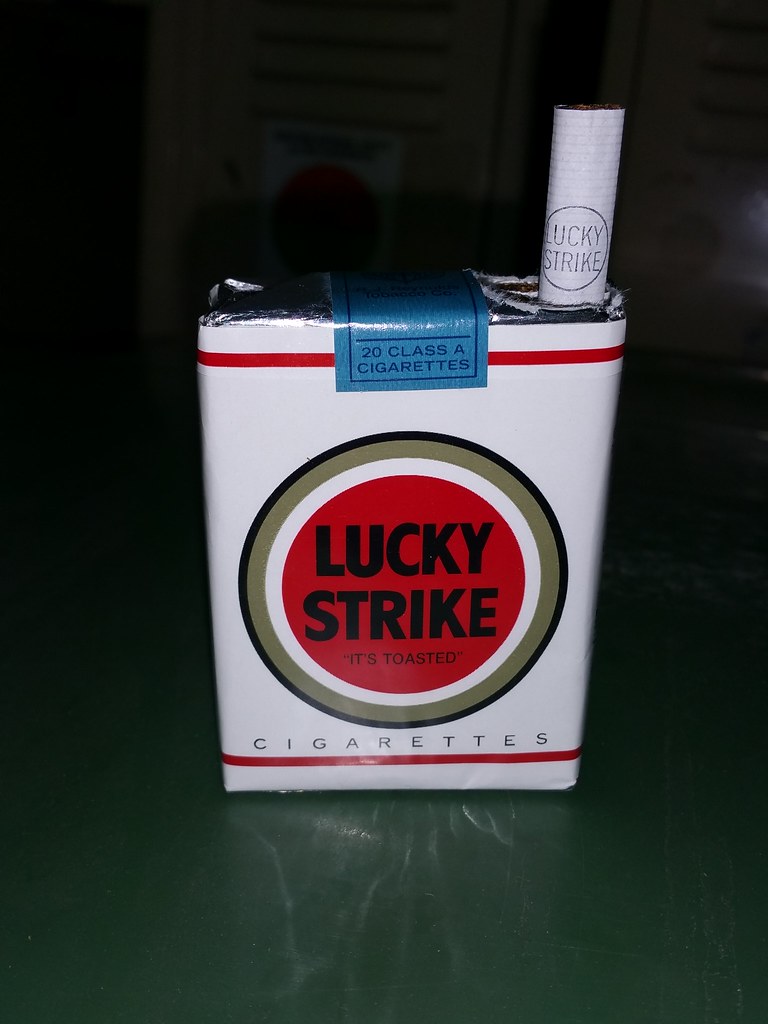

The XXXL Factory – An Investment in the Futureĭuring my visit to Nicaragua the production of cigars was spread across seven different factories within Estelí – and in the meantime, another, new, huge factory has opened its doors on the outskirts of the city. That’s one of my principles,” explains the business man. “I don’t take on orders that ask me to use young tobacco. gives tobacco the time it needs and he uses only the best raw materials. It’s made up of two things: discipline and passion.” A. J.’s success, the taciturn tobacco person’s explanation is brief: “My maxim is simple. However in the next few years, this ratio is supposed to develop so that at least 25 percent of the capacity should be freed up for the production of the company’s private labels.Īsked about the recipe for A. Fernandez Cigars’ production is for external labels 15 percent for their private labels. The business has now reached a point where it is impossible to take on new orders from external companies. “If the numbers continue to grow like this, within a year we will have sold half a million Pinolero cigars,” says Clay Roberts happily.

Pino is a type of fruit in Nicaragua, a Pinolero is a “juice maker.” The Pinolero has been on the market in the US for eight months and the factory can hardly keep up with the orders. Fernandez is paying homage to his new home. While San Lotano is an homage to Cuba, with the Pinolero, A. The next highlight that many consumers and traders are already asking for!” In the meantime, the newest brand already comes in six formats. Thanks to this brand, we’ve gained a huge number of international customers in our European distribution. “San Lotano was and is the lucky strike for our house because it causes huge interest worldwide. Thomas Strickrock of Woermann Cigars imports them to Europe and, when talking about the impressive sales figures, he goes into raptures. In the USA, 1.5 million are sold annually. The creation was enthusiastically received by passionados worldwide. San Lotano was his grandfather’s house brand in Cuba the name derives from his birth place San Luis. J.’s first private label was released on the market, the San Lotano. answers simply, “Through work, work and more work.” The Move to his Own BrandsĪlthough from 2004 production volume grew month by month, and the one small garage became seven factories spread throughout the whole of Estelí, the cigar maker began to want to create his own brand. In answer to the question how he was able to deal with so much success within such a short time, A. In addition, for Cigars International he produced the brand Diesel and Ave Maria, and alongside those, lines for Gurkha, Padilla and continued his work for Rocky Patel. In 2009, the cigar Man O’ War became a bestseller in the United States – made by A.

One of them was Rocky Patel with his Summer Blend 2008. Well known, big labels had in the meantime started hav-ing their wares produced in the Tabacalera Fernandez. In 2004 he began working for his uncle, Nestor Plasencia, for a short while, but in no time at all he was buying tobacco himself and opened his first “factory” in Estelí – a garage in which he had six rollers rolling for him.īut there were even more reasons to celebrate in the year 2008. Fernandez only left Cuba nine years ago, it’s all the more remarkable that today his factory produces between 40,000 and 60,000 cigars daily. “Every day he wants to know what condition they’re in.” Meteoric Rise “His cigars are like children for him,” explains the marketing manager for A. Each day he smokes one cigar of each line of his portfolio … and one of each format. While he is talking about his childhood A. This ideal legacy he took with him to his new home of Nicaragua. But the young Abdel had one other home advantage: he worked with Alejandro Robaina, who initiated him into the secrets of tobacco. “In my universe, nothing except tobacco existed, for my father worked with tobacco, my grandfather, my uncle … It was placed in my crib, so to speak it is in my blood,” he further muses.
#Ajmv lucky strike professional#
There was no question as to what I would do later in life – it was already sketched out,” says the Cuban exile, describing the start of his professional career. “Where I was born, coming into contact with tobacco was simply not avoid-able. J.’s early memories is how he helped his grandfather with de-ribbing leaves.

Those who live in the well-known tobacco region mostly come into contact with tobacco processing already as children. The small town is part of the province Pinar del Río. He grew up in Cuba – not anywhere in Cuba, but in San Luis.


 0 kommentar(er)
0 kommentar(er)
